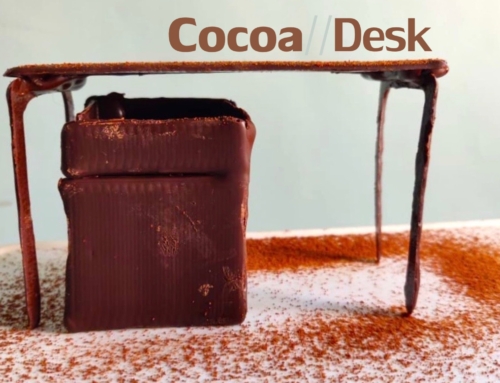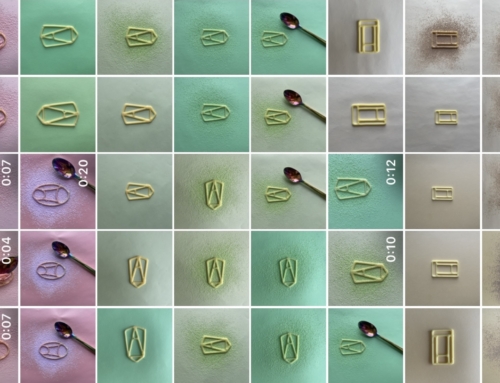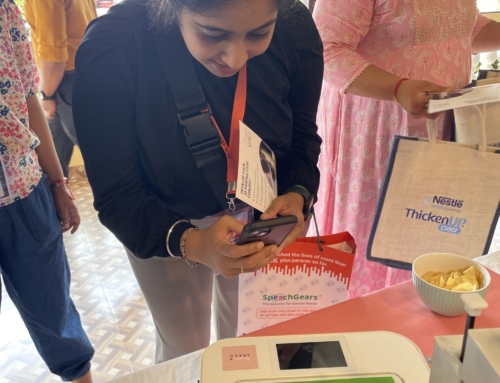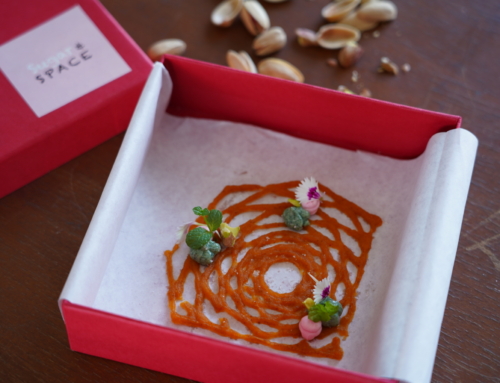Thali is a popular choice that informs the eating ritual across several states in India. The big round steel plate is lined peripherally with small steel bowls containing vegetables, curries and curd. A heap of plain rice sits proud in the centre of the plate. Traditionally in India, tableware made out of mud is considered to be ‘unclean’. Ceramics, porcelain and china all fall under this category. No matter how well you scrub or soap earth products, it is a challenge to wipe away the array of colourful Indian spices. Turmeric, in particular, makes itself known on every single utensil.
Unity in Diversity through Thali
Generally, one lays a mat on the floor and sits on it with a big thali in front of them. You eat with the fingers of your right hand; and not with cutlery. You use your left hand only for pouring the curries onto the rice and to grasp your drinking glass. The rice sits in the centre of the plate; you divide off a portion of the rice and place the different curries or vegetables on top of that portion. Then, using your fingers you mix the curries or vegetables in the rice for a lip smacking experience. To cool your palate after having the Indian curries and spices, dahi (yoghurt) rice is always eaten last. ‘Bottomless’ refills are not uncommon.

Setting the Table, an exploration of eating rituals across cultures that goes far beyond four legs and a surface.
Let’s grab a (virtual) cup of coffee and chat about working together. Contact us.








Thali is a perfect embodiment of India’s rich culinary heritage, offering a balanced and flavorful meal with a variety of textures and tastes. The tradition of eating with hands enhances the connection to food, making every bite an experience in itself. A true celebration of unity in diversity!